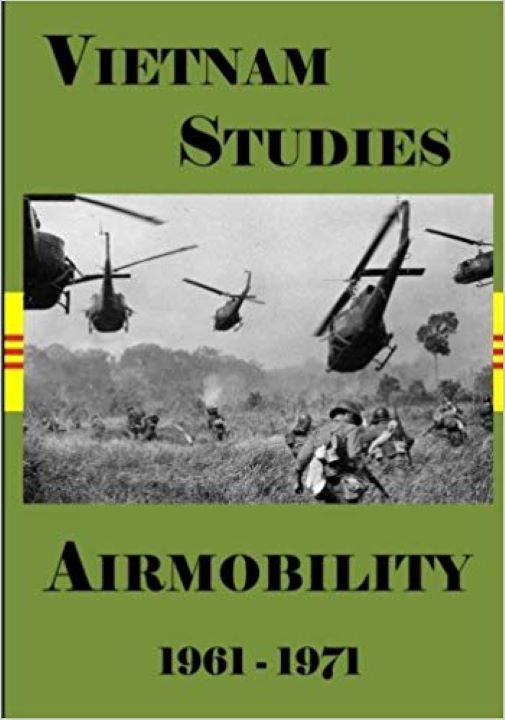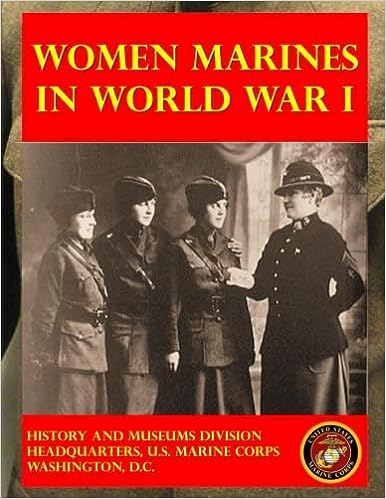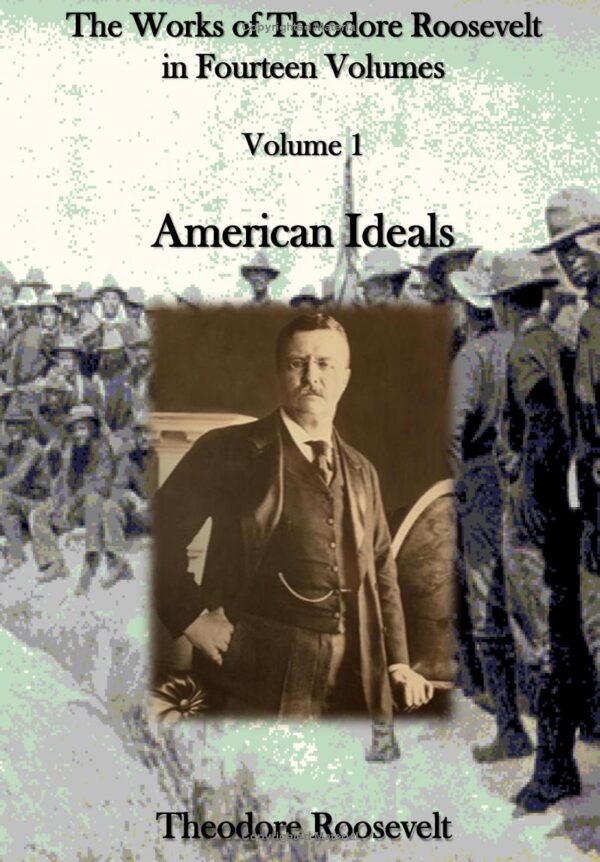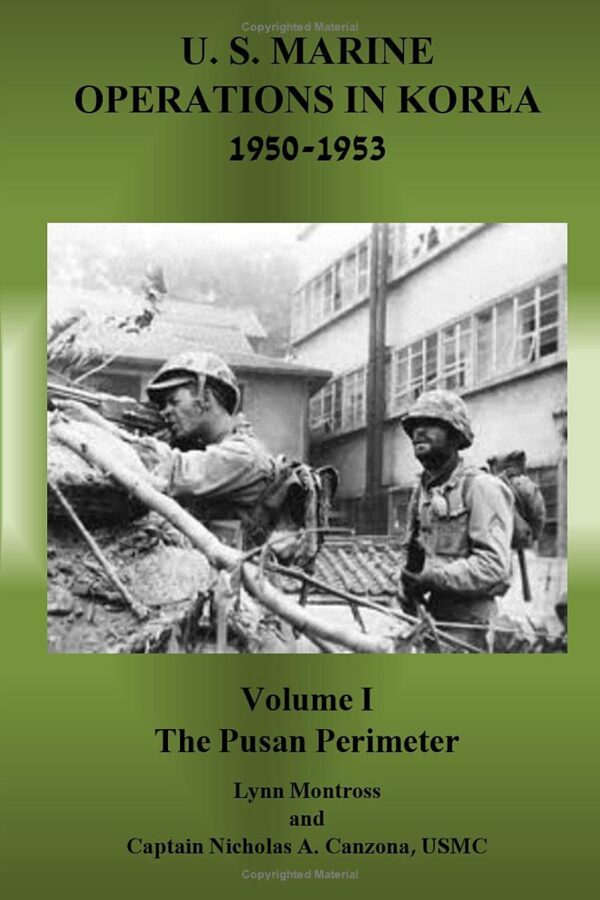Air assault operations in Southeast Asia would not have been possible without certain key decisions a decade earlier. This publication traces the most important milestones which led to the eventual formation of airmobile divisions. On 11 December 1961 the United States aircraft carrier USNS Card docked in downtown Saigon with 32 U. S. Army H-21 helicopters and 400 men. The 57th Transportation Company (Light Helicopter) from Fort Lewis, Wash., and the 8th Transportation Company (Light Helicopter) from Fort Bragg, N. C., had arrived in Southeast Asia. This event had a two-fold significance: it was the first major symbol of United States combat power in Vietnam; and it was the beginning of a new era of air mobility in the United States Army. Just twelve days later these helicopters were committed into the first airmobile combat action in Vietnam, Operation CHOPPER. Approximately 1,000 Vietnamese paratroopers were airlifted into a suspected Viet Cong headquarters complex about ten miles west of the Vietnamese capitol. The paratroopers captured an elusive underground radio transmitter after meeting only slight resistance from a surprised enemy. Major George D. Hardesty, Jr. of the 8th Transportation Company and Major Robert J. Dillard of the 57th could report that their units had performed outstandingly under their first baptism of fire.
320 pages





